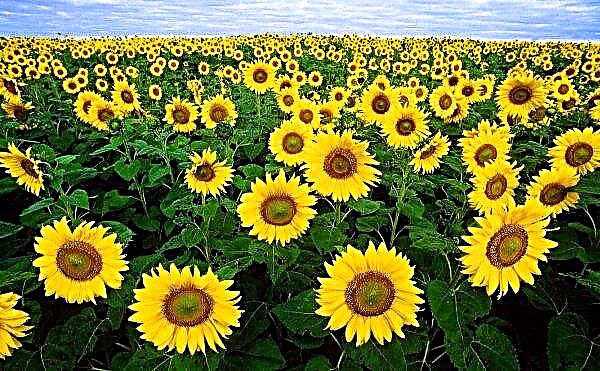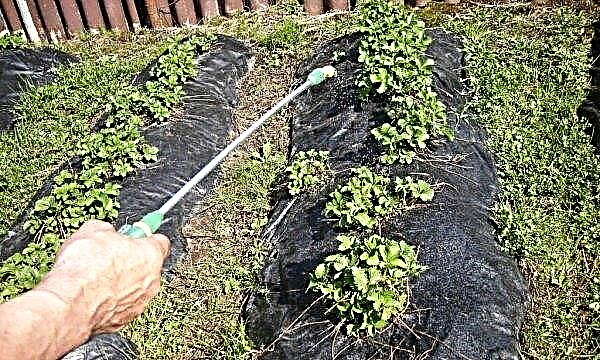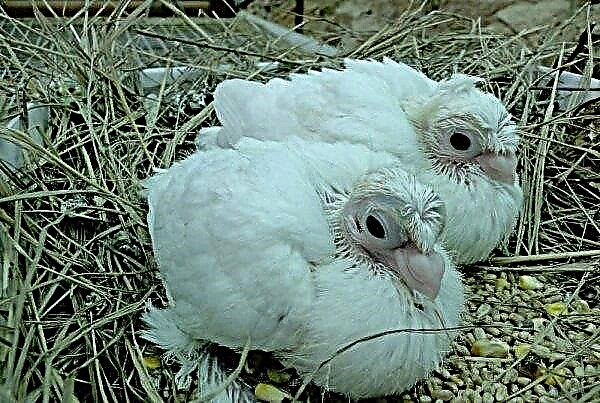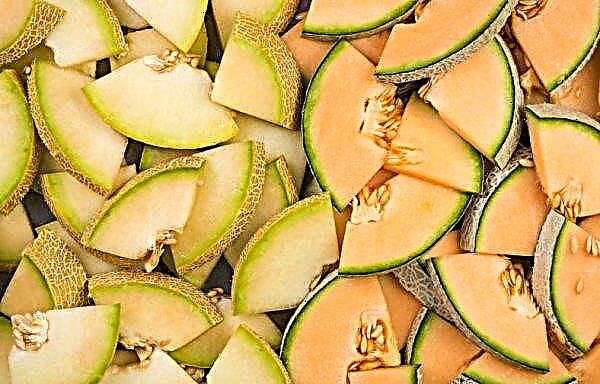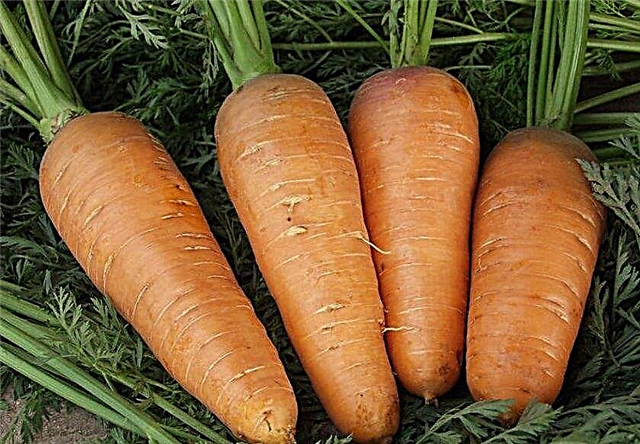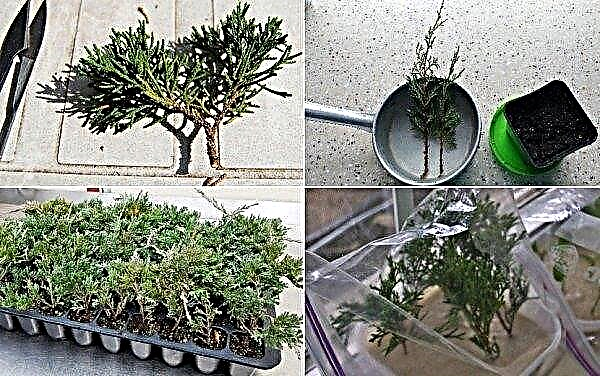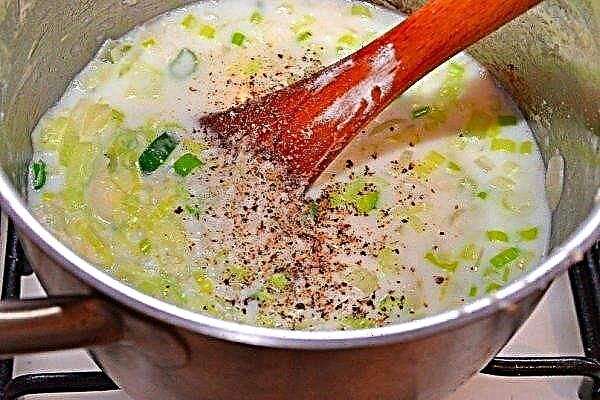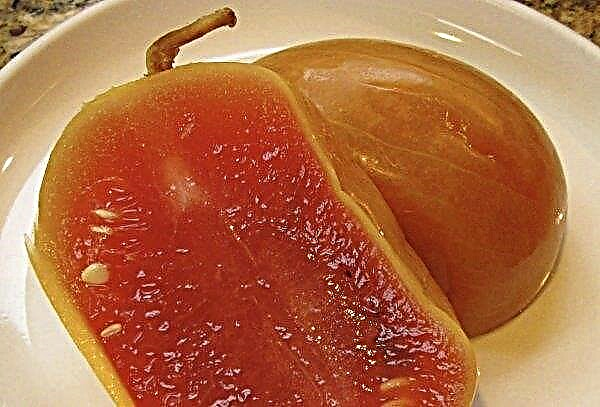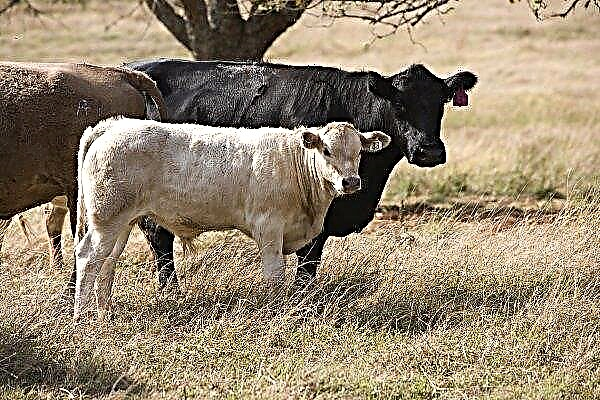Ecuador broke its banana export record in 2018.
Russia, the USA, Italy, Germany and Turkey were named the main destinations of these Ecuadorian fruits. It is also one of the best-selling food products in its domestic market.
As for the growing system, which is the basis of the product for export, it is produced according to a completely traditional monocultural model with very little variety. The current variety of bananas is mainly concentrated in the Cavendish variety.
 Every year, over 100 billion bananas are consumed worldwide.
Every year, over 100 billion bananas are consumed worldwide.
Similarly, in the case of bananas, a commercial export product cultivation system stands out in monoculture areas and is planted according to the traditional model with irrigation irrigation systems.
These production systems for both banana and plantain for export are located in the lower tropical zone of the coast, mainly in the provinces of Guayas, El Oro and Los Rios, due to the fact that these regions have some strategic amenities, including proximity to seaports and the availability of fertile land and plenty of water for irrigating plantations.
- Described as a “banana on steroids,” the enset (Ensete ventricosum), also known as Ethiopian banana, Abyssinian banana, or false banana, is a species of flowering plant in the banana family.
- Non-waste production: in Peru, learned to make plates of banana leaves.
- Growing bananas in Israel is an important part of the country's agricultural sector, but faces the threat of total destruction.
- In Kashiwazaki, Niigata Prefecture, Japan, entrepreneurs began using the waste heat from their incinerator to grow bananas.
- Producers who were severely affected by the accident at the Fukushima nuclear power plant in 2011, first gathered a batch of high-quality bananas and expect them to restore agricultural production in the city.

